In the life of Ukrainians, both everyday and ritual, the candle has acquired not only practical but also deep, cautious and symbolic meaning, being perceived as a symbol of heavenly fire. It is the candle as an attribute of rituals that is closely connected with the three most important moments in the life of any person: his birth, wedding and death. In folk magic, the candle is considered and used as a powerful amulet, which has great importance in rituals. During the time of Christianity, the role of the candle was even stronger.
The Slavs have their own, special attitude towards fire. This is the old man, who is burned in the fire, and the bonfire at Easter, and the Christmas fire, and bright fires at the celebrations of Ivan Kupala - all this indicates a respectful attitude towards fire, giving it important importance in many life events. Such a respectful attitude is also visible from rituals and ceremonies - it is inappropriate to talk to fire as an equal, to address it condescendingly or familiarly. Fire is a part of the great Sun on earth, whose life-giving forces descend to the earth and either burn or punish the disobedient and those who do not respect its power.
The beliefs of many peoples reflect the connection between life in the human body and the life of fire in the home. If the fire in the home goes out, human life must also end. That is why they tried to support the fire in every way. A lamp burns in front of the images - this is an echo of the same idea of fire in the home as a reflection of human life, which, like fire, burns in the body.
The belief in the connection between fire and life was also reflected in fortune-telling with a candle, or a torch, as the torch was also called. The population of Galicia, for example, used this method to tell fortunes about death. Everyone who took part in the ritual gathered in one house, the chosen girl lit the torches, distributed them to all the participants, and everyone sang a special song characteristic of this ritual. It was believed that whoever's torch went out first would die first. The other participants surrounded the unfortunate person whose torch had gone out and sang a song again, which talked about how difficult it would be without him, and persuaded him to stay. If this happened to a girl, she was prepared for death and mourned, laying her on a bench. But she could be resurrected - if one of the young men proposed to her in marriage. Similar rituals of fortune-telling existed on the territory of Russia. If a fire-spike burns for a long time, its owner will have to live for a long time. If it burns and scatters sparks around, he will often get sick. If it goes out, the owner of the spike will die.
The candle was also an attribute of fortune telling on Kupala. Girls hid them in their bosoms, and when they came to the river, they molded them into their wreaths, and then lowered the wreaths onto the river waves and watched them: if the wreath floated smoothly, without incident, and the candle burned without going out - then that girl, the happy owner of the wreath, would soon get married. If the wreath stopped in place and was spinning - it was not yet time, she would still be a little bit older. And if that wreath landed on a certain shore - that's where the girl would live, and if she would get married, which would happen soon. But it would be a disaster if a wave carried the candle with the wreath and extinguished it - that sign foreshadowed death.
The Russians also knew the spell with a candle for death, which was reflected in their songs - about the ruble candle and the death of a friend's wife.
Midwives, or women who cut the umbilical cord, would light a candle at the birth of a child so that the birth would happen more quickly. Candles were prepared for the newlyweds before the wedding, each with their own. Those who were going on their last journey would be given a candle in their hands to ease the transition from one world to the other. While it was burning, its fire was carefully watched to see the moment when the soul left the body. When the candle flame flickered, this confirmed that the soul had already flown away and was saying goodbye to all those whom the dying person loved during his lifetime. And while the body was in the house, the candle had to burn.
The mythology of many peoples of the world shows that the world of the dead and the world of the living are mirror images of each other. The living in one world is dead in the other, the whole is damaged, the seeing is blind, and so on in everything. In one - yes, in the other - everything is the opposite, and this applies to different areas.
But, for example, in Slavic beliefs, death and the other world are a transition from this world, "white", "God's", sunny and bright, to the world of darkness, dark and insensible. So a lit candle was supposed to illuminate the deceased's path into the dark kingdom of eternal darkness. And an unlit candle was a great grave sin and contempt for the deceased, without a candle he was left alone with the darkness. If by chance or for some reason the candle still failed to be lit, then it was "passed" to him with another deceased.
Leaving a candle lit for the deceased meant honoring them, preserving their memory, and making the path in the dark brighter and easier. For this, a so-called "suffocating" candle was used, lit at home, or lit on a board and floated on water.
In Podillia, there was a ritual of lighting a candle also on ceremonial bread, at a dinner where the deceased was honored. This was ceremonial bread - pomana. It was offered to the person whom the deceased loved the most or to whom he was closest. The Serbs also have such a tradition. They also believed that without a funeral candle, the soul of the dead was doomed to constant wandering in the dark, alone with itself and dark spirits. The Serbs let candles float on the water on Maundy Thursday, while they recited prayers in which there were mentions of the names of the deceased in combination with the names of the heavenly bodies.
In Ukraine, since ancient times, candles have been made at home in various regions, despite the fact that there was also a factory production where church candles were made. In many localities, bees were willingly bred, and wealthy people had apiaries - large ones, with many dozens, and sometimes hundreds of hives, and poor people - only smaller, with ten or twelve hives. And there were a lot of such small apiaries. According to researcher Mykola Sumtsov, Ukrainians greatly respected and loved bees - "God's flies". The smallest apiary provided the peasant with honey for holidays and for the everyday table, and wax to make a candle for God. The process of making candles was very spiritual and full of reverence in itself. During such work, Ukrainians took great care of the purity of the material and the work itself, did it on certain days that were most favorable for the process, even calculated the hours when it was possible or impossible to make candles for God. For example, on Epiphany, candles could not be made. While working, a prayer was said, a lamp was lit, which stood in front of the icon. The wax itself was melted on a stove to make colored candles, and paint was added to the resulting wax. Such colored candles were often decorated with gilding. Trinity candles were very common: they were made using a carefully thought-out technology that differed from the usual ones, they were painted and decorated separately.
In general, for Ukrainians, wax acquired the meaning of a talisman. It was used in folk medicine, and the fact that it served as a material for making candles made it an indispensable material in fortune-telling and magical rituals. It was believed that it had extraordinary power that turned away evil spirits and unclean power. Wax was applied to balls so that the hunt would be successful. When burying treasure, a wax cross was buried with it - it added reliability to the hiding place. When creating various amulets, wax closed the holes where something was placed. So that the deceased would not come to the living after leaving this world, he was given a wax cross on his chest, and a candle was placed in his hand - so that he could see the way in the darkness of the other world.
Wax was used to cast fear, to tell fortunes about life or death, and to find out the whereabouts of a criminal. This is how wax was used in folk magic. To treat a panic attack (to cast), a bowl of cold water was placed on the head or stomach of a sick person, wax melted in a furnace was poured into the cold water three times, and a wax image of an animal, person, or some object that frightened the person was obtained. During this magical ritual, the whisperer whispered words that averted the disaster.
Girls often used wax to divine their fate, trying to discern the features of their future fiancé in the frozen pieces of wax.
The already mentioned researcher M. Sumtsov believes that there was also an “offending” candle – it was used mainly by Russians and the “Don army”. However, in our country it also existed, only it did not have a separate name. It was placed in an unusual way – with the upper end down, and when it was placed, a prayer was said for the well-being and health of the person who had caused some misfortune or insult. Thus, those who placed it thought, the person for whom they prayed so much and placed the candle in this way would begin to be tormented by conscience and would return the stolen thing or ask for forgiveness, that is, one way or another, correct their offense. But thieves believed that there was a candle thanks to which you could steal everything your heart desires and at the same time remain unseen and unpunished, while the owners of the house would sleep a sound sleep. It was believed that such a candle was made from human lard. It was rumored that graves were even dug up to create such a candle. Moreover, there was no way to extinguish such a candle, except with the help of horse manure.
The southern Slavs made wax figurines in a special way that allowed them to be cured of diseases. This figurine depicted a certain part of the body or an animal, they performed a ritual - they made a vow, and at a certain time, usually a specially chosen holiday, they brought a candle and this wax figurine. This way, it was possible to be cured of any disease or protect yourself from possible disaster.
Ukrainians paid great attention to the passion candle – the thunder candle, the thunderbolt candle, the thunderbolt candle. After returning from church after Vespers on Holy Thursday (Maundy Thursday), they would go around the entire household with this candle, whether it was a stable, a pantry, or a barn. With the upper part of the candle flame, they would draw crosses from evil spirits – on the windows and above the doors. These crosses would keep out evil spirits from outside. You could take this candle with you to church the next day, on Good Friday, on that day the cloak was taken out – and the candle would gain new power, magical. When you light it, you could avert many of the consequences of a disaster – for example, a thunderstorm, a flood, an earthquake. You could put out a fire, even stop an epileptic seizure in a patient. It helped the residents of the house even from attacks of fear. From the candle consecrated on Holy Thursday, even the wax balls had magical power and the function of a talisman - they protected from fever and were even worn strung on a thread instead of a necklace. A thunder candle was lit on the Day of the Meeting - so summer would overcome winter faster. Such thunder candles were sometimes poured out very large, two arshins long, and weighing up to ten pounds, simply gigantic in size. A sign in the Kharkiv region was that a candle that burned during the twelve Passions of each year received great power. Whoever had such a candle would always be lucky, there would be order in the house, profit and prosperity in the household. The place for such a rich candle was the penance.
Among the varieties of candles was also a “name” candle. They were lit in brotherhoods and craft guilds during religious and craft holidays, various meetings and solemn assemblies, initiation into members of the society. Since pre-Christian times, there has been a rite of the Candle Festival, or Wedding, in Kyiv. In the evening on the eve of St. Semyon (it took place on September 14), circles were created in Podil, craft guilds came, each with its own banner, brothers. This rite was a vertep and took place like other wedding rites - all the accompanying heroes, “friends”, “father”, “mother”, “matchmakers”, “matchmakers”. “boyars” and others, took part in them. The holiday was celebrated until midnight, honoring the candle as a sign of the ritual fire. According to ethnographer Vasyl Skuratovsky, similar actions, with slight differences from each other, took place in many places in Ukraine. In Polissya, Semen was lit on fire.
There was another custom in Western Ukraine, and in Belarus as well. They made a common large candle with a total weight of up to sixty kilograms, its time was dedicated to individual saints. The candle itself resembled a human figure in shape, it had two protrusions that were supposed to resemble human hands. They put on a shirt, and on the day of the saint who was to be honored in this way, all the villagers went around the village with such a candle. The procession went to each yard, and its owner had to give some grain for public needs. Until the next holiday, this candle was kept after the ritual round in one of the families. Such a candle, according to beliefs, was fraternal or as it was also called - peaceful, it was supposed to bring happiness and prosperity to the home where it would stop.

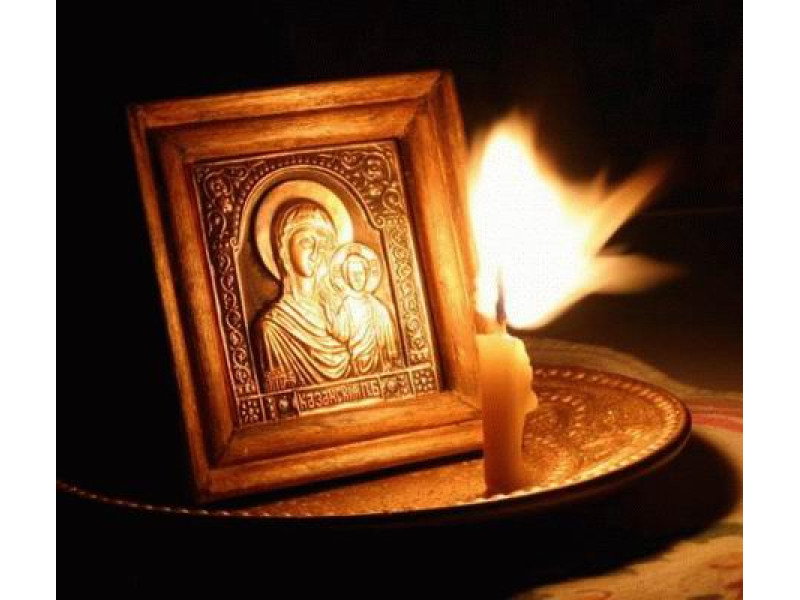
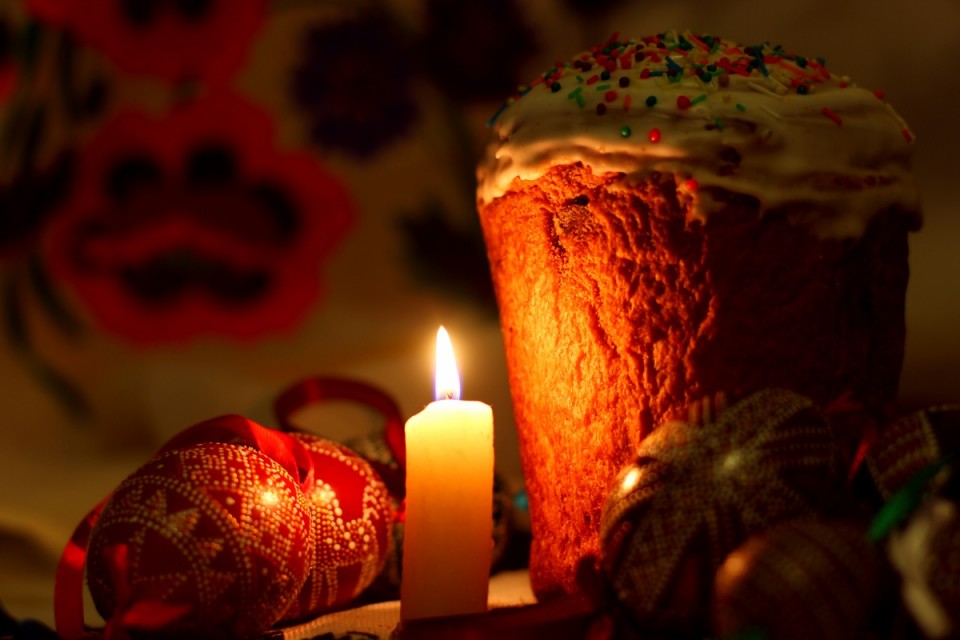

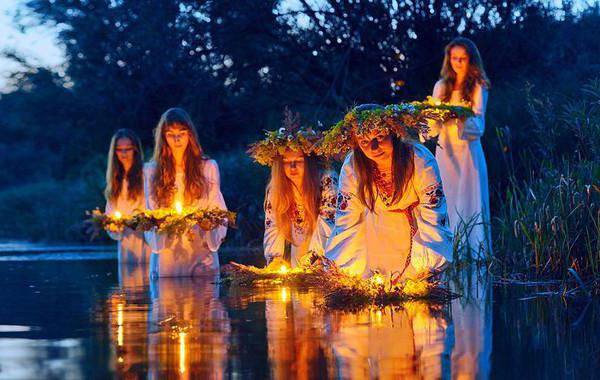
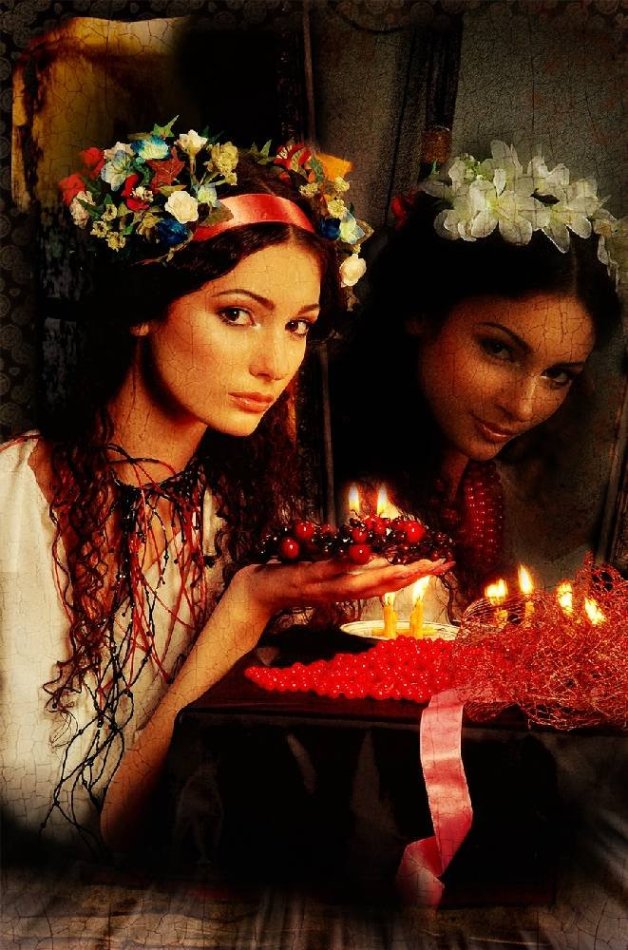
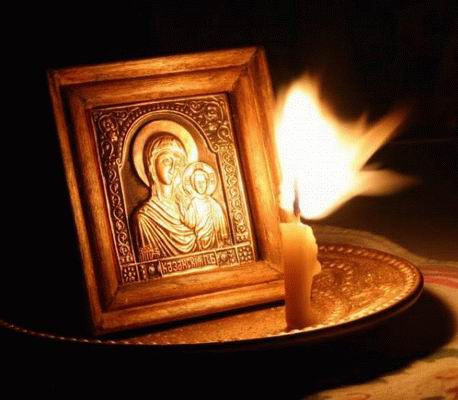
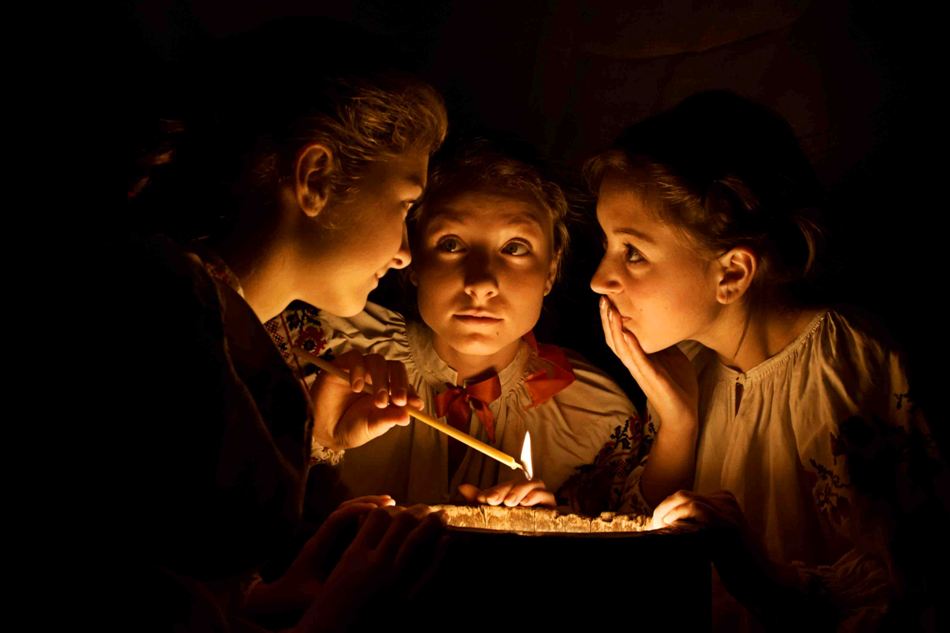
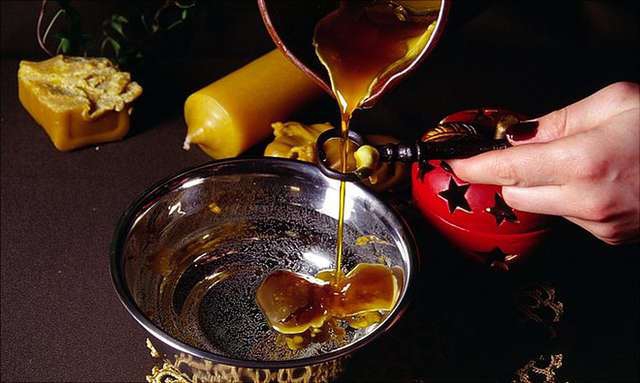
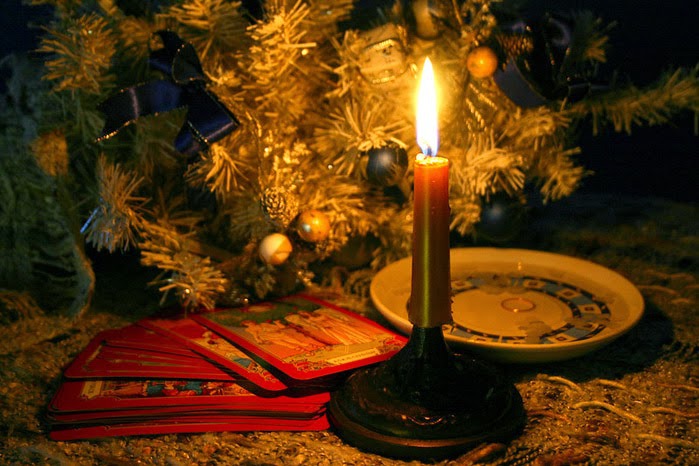
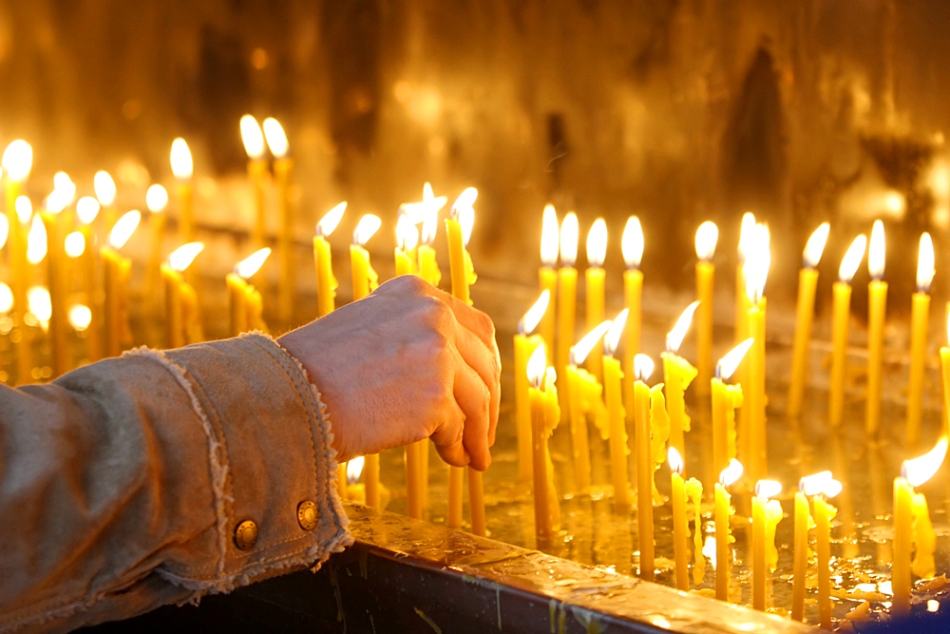
Write a comment